Girl Crazy is about a rich white kid that gets taken out of Yale and dumped into a Western mining town. That’s how rich people used to solve problems instead of letting them grow up to be Supreme Court justices. Serving as the last of the Rooney/Garland movies, Girl Crazy ran into its own troubles when MGM removed Busby Berkeley as director early into filming. After all, you buy the rights to a famous Gershwin musical, why not fire the biggest musical director of the time?
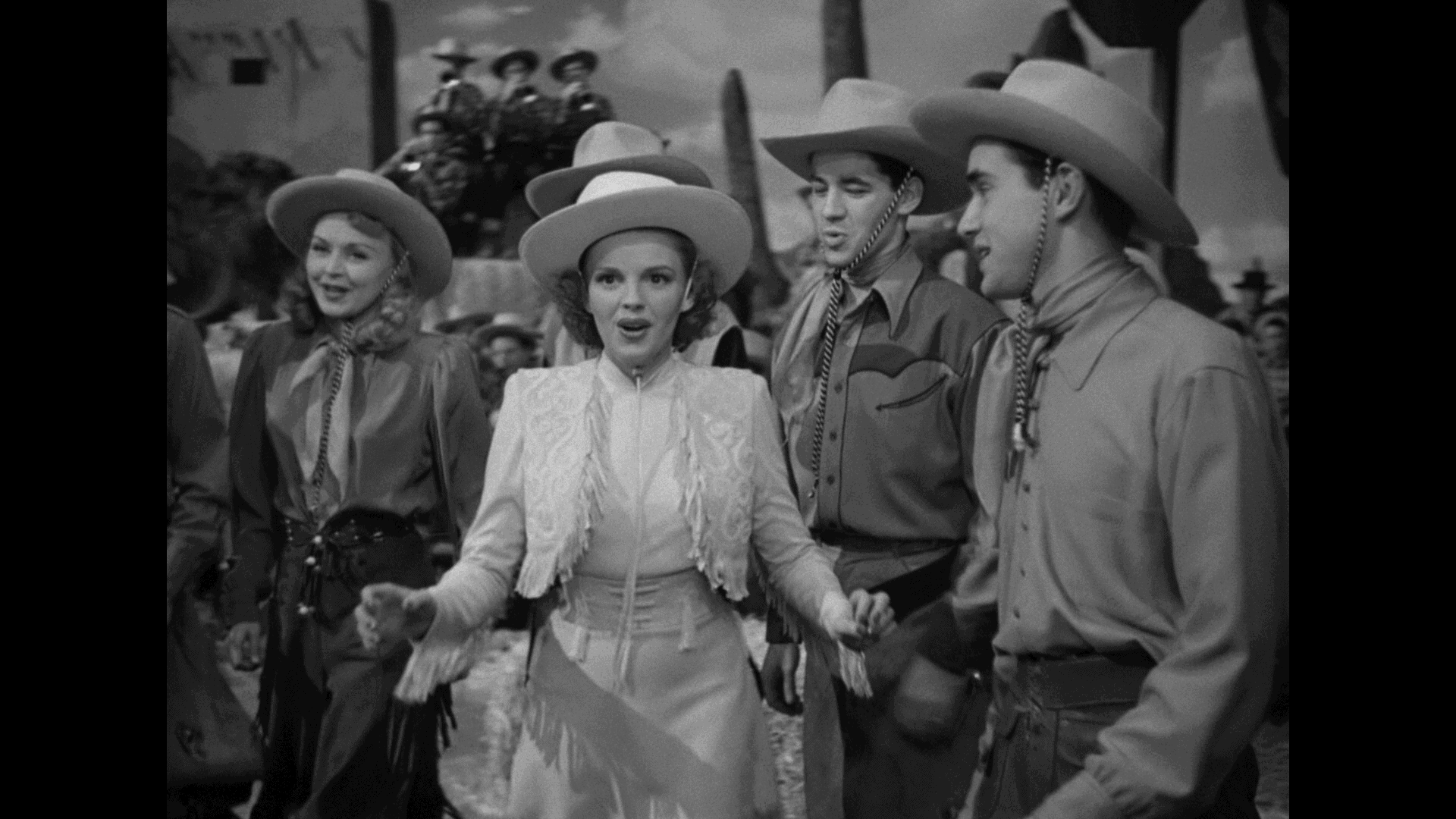
Judy Garland is the Western town postmistress. That’s because college girls run the mail in all those towns back in the 1940s. A war was on and the men didn’t have time to deliver the mail. So, proto Kavanaugh Mickey Rooney gets dumped in the middle of nowhere and decides that he has to finish college there. Unfortunately, enrollment is down and Rooney has to use connections to twist the Governor into letting him put on a show.
Busby Berkeley shot the I Got Rhythm scene before being replaced by Norman Taurog. Due to certain sound elements being destroyed in the 1950s, this release of Girl Crazy marks the first time we’ve been presented all audio channels that exist. This helps, as it’s the most complex and well designed musical number in the film.
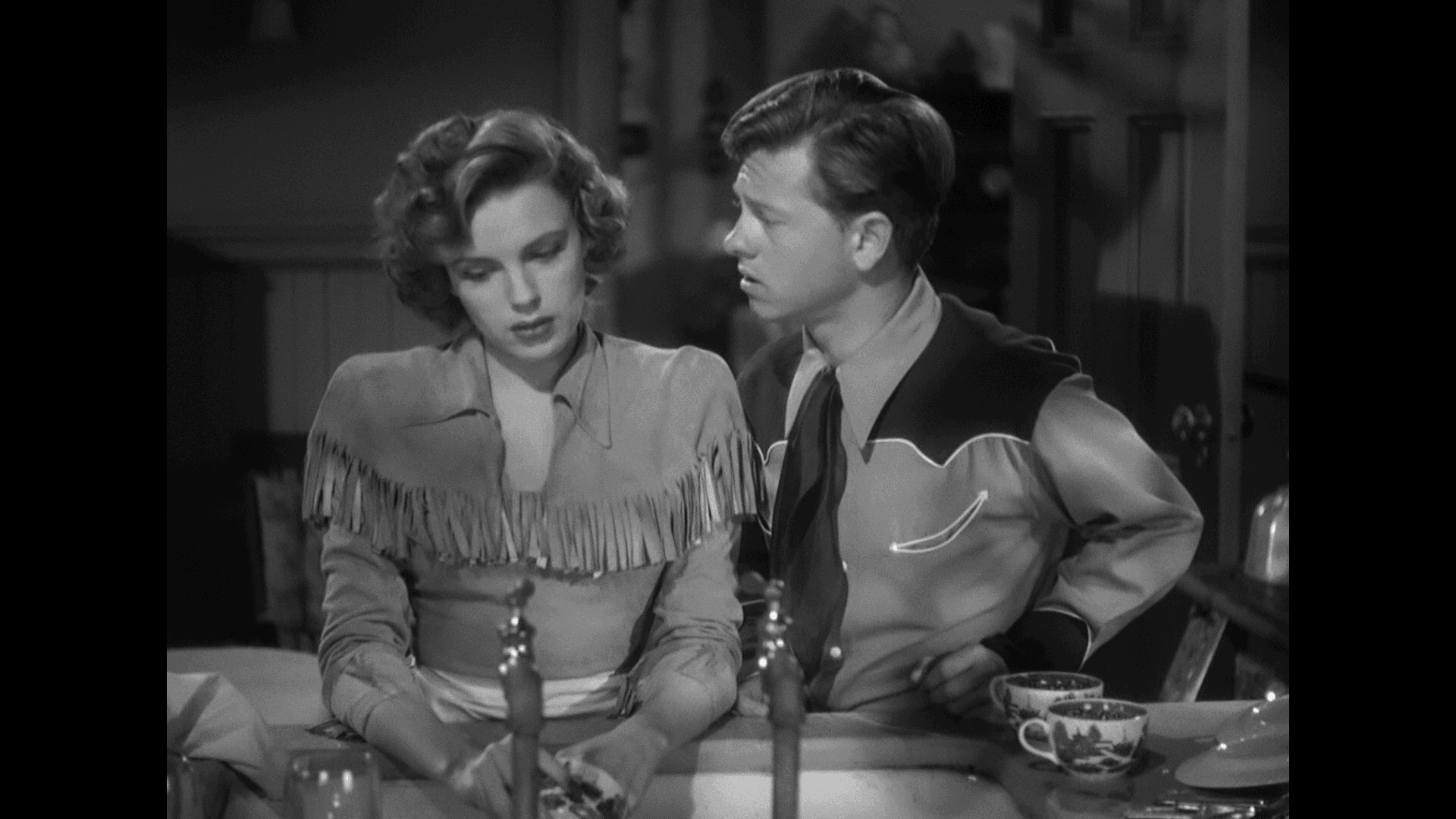
Mickey Rooney and Norman Taurog are odd sides of the same coin. An actor and director that are well known for starting as really young men. However, Taurog won an Oscar early on and Rooney won international box office acclaim. Prestige vs. financial wins is a battle that wages on into the modern era. This film also marks their last big star power moment for awhile.
Rooney would struggle as an adult finding films that worked for his image. Meanwhile, Taurog would become a fill-in director helping studios shape the visions of others. By the 1960s, Taurog was making movies for Jerry Lewis and Elvis Presley. Mickey Rooney starts the 1960s as a racist stereotype in Breakfast at Tiffany’s and ended the decade as part of a murder-suicide investigation in the Philippines.
Not enough people know the history of the Ambush Bay production. Mickey Rooney was innocent, but it was indicative of his struggles at the time. But, that’s show biz!
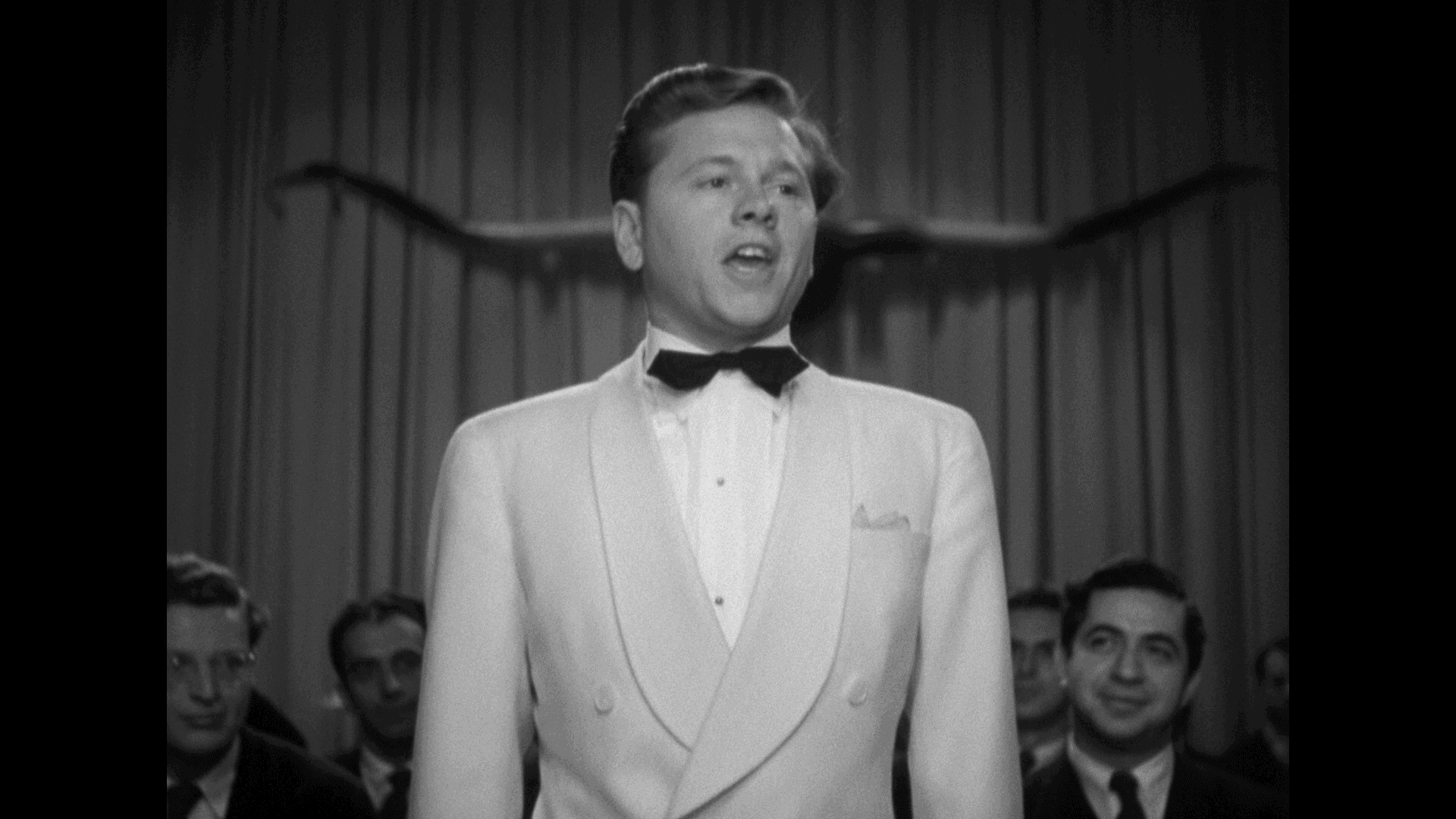
Teen movies of the Golden Age tend to follow two molds. First, the Garland/Rooney “let’s put on a show” style build. Then, there’s the athletic sports story mold popularized in Knute Rockne, All-American. These movies tend to play short, as Girl Crazy only hits at 99 minutes. That’s with multiple musical numbers and a heavy adapted plot.
Show business of the 1940s would see these films as slightly longer in the tooth, as the quick six-reel build was meant to squeeze more showings into a day. As such, these teen movies either sacrificed plot or boiled everything down to these builds. Designed as youth fantasies, you could work in sports, music, romance and a homogenized ideal of what it meant to be a successful teen.
This kind of material and the subtext in Girl Crazy hits that sweet spot in my brain. About a year ago, I started working on a book about the Monoculture that has grown into a behemoth. What say you? Should I narrow it down to focus on decades or genres at a time? Warner Archive has inspired me with this Girl Crazy release.
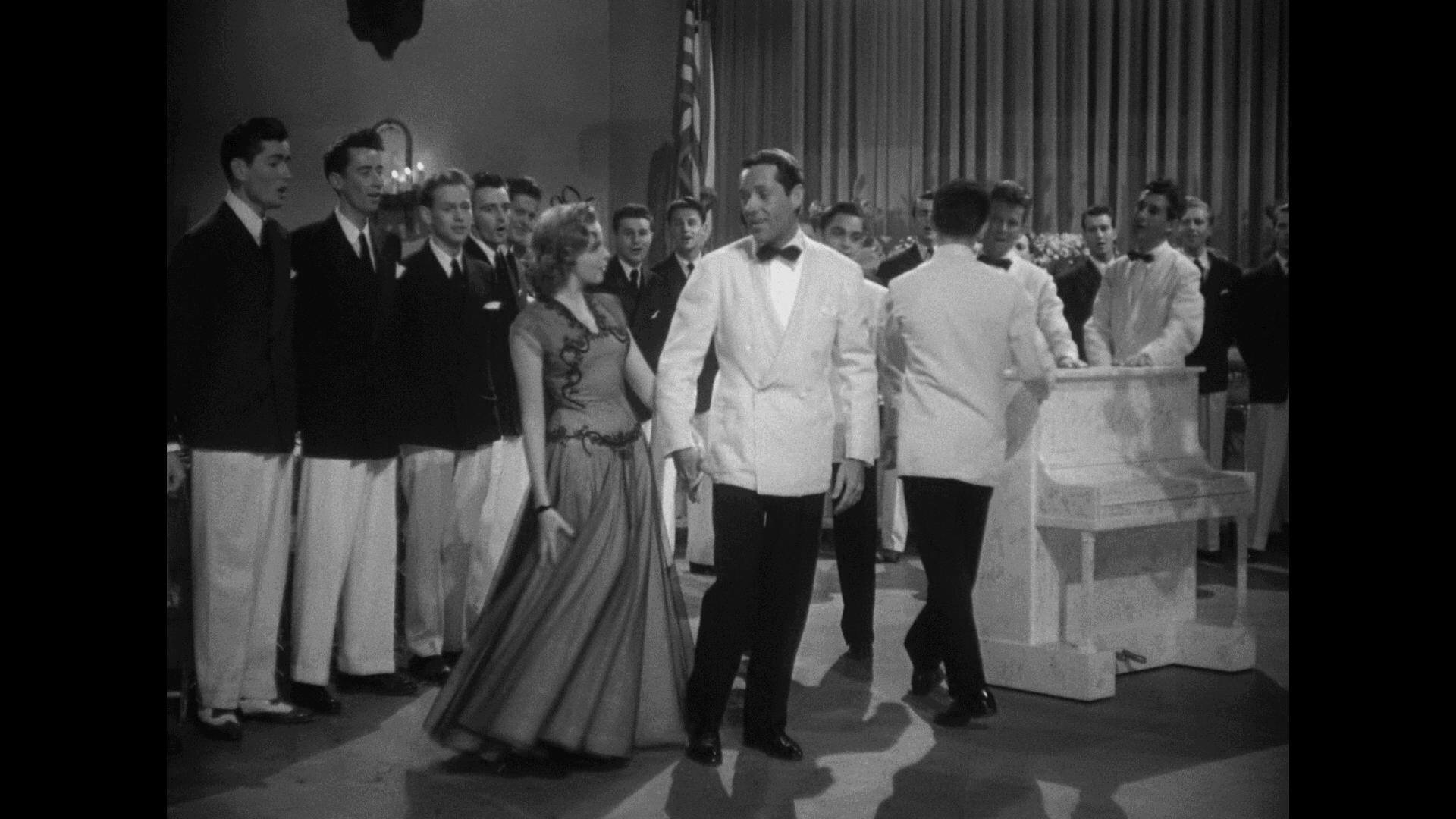
Warner Archive keeps impressing with the Judy Garland & Mickey Rooney cinematic lovefest. Girl Crazy comes with a ported-over introduction from Mickey Rooney. Plus, you get a commentary, comedy short and vintage cartoon. Throw in the better stereo remixes that Warner Brothers saved and some audio-only bonuses to round out the package. Warner Archive has made Mickey Rooney and Judy Garland proud!
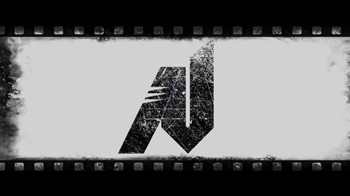
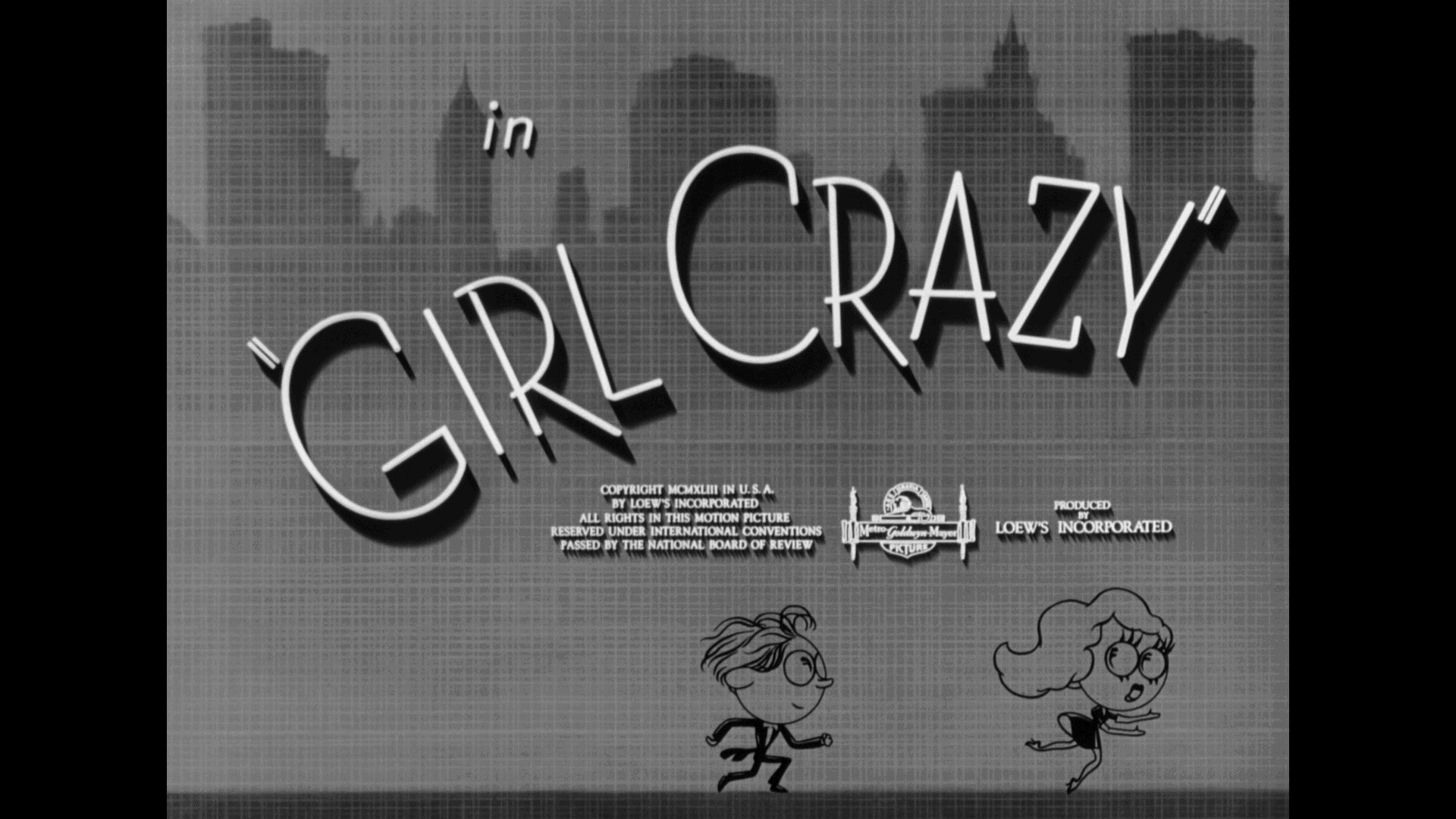
![Gay Purr-ee (1962) [Warner Archive Blu-ray review] 12 gay purree warner archive blu ray (1)](https://andersonvision.com/wp-content/uploads/2023/09/gay-purree-warner-archive-blu-ray-1.jpg)
![In The Good Old Summertime (1949) [Warner Archive Blu-ray review] 14 in the good old summertime title](https://andersonvision.com/wp-content/uploads/2021/09/in-the-good-old-summertime-title.jpg)